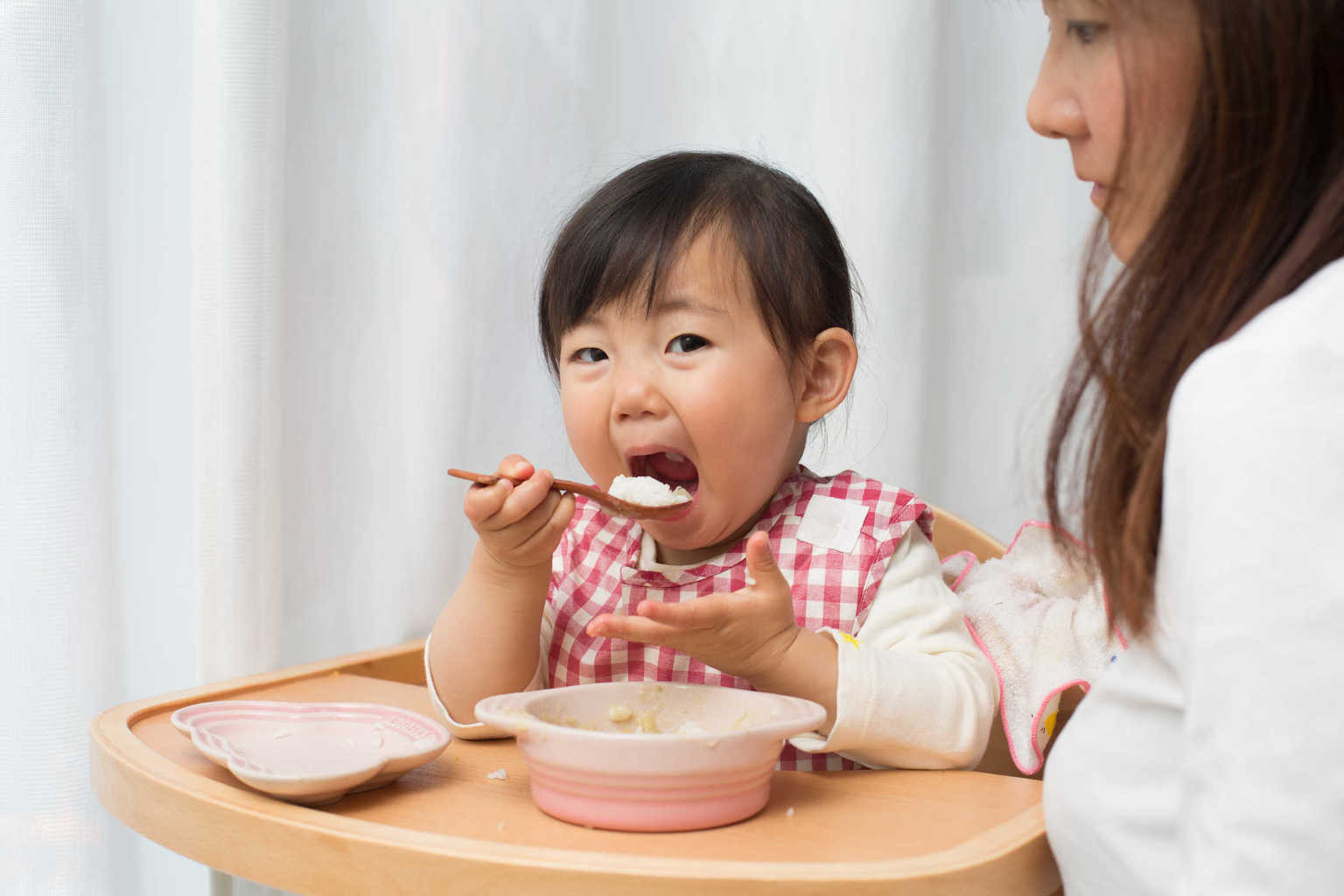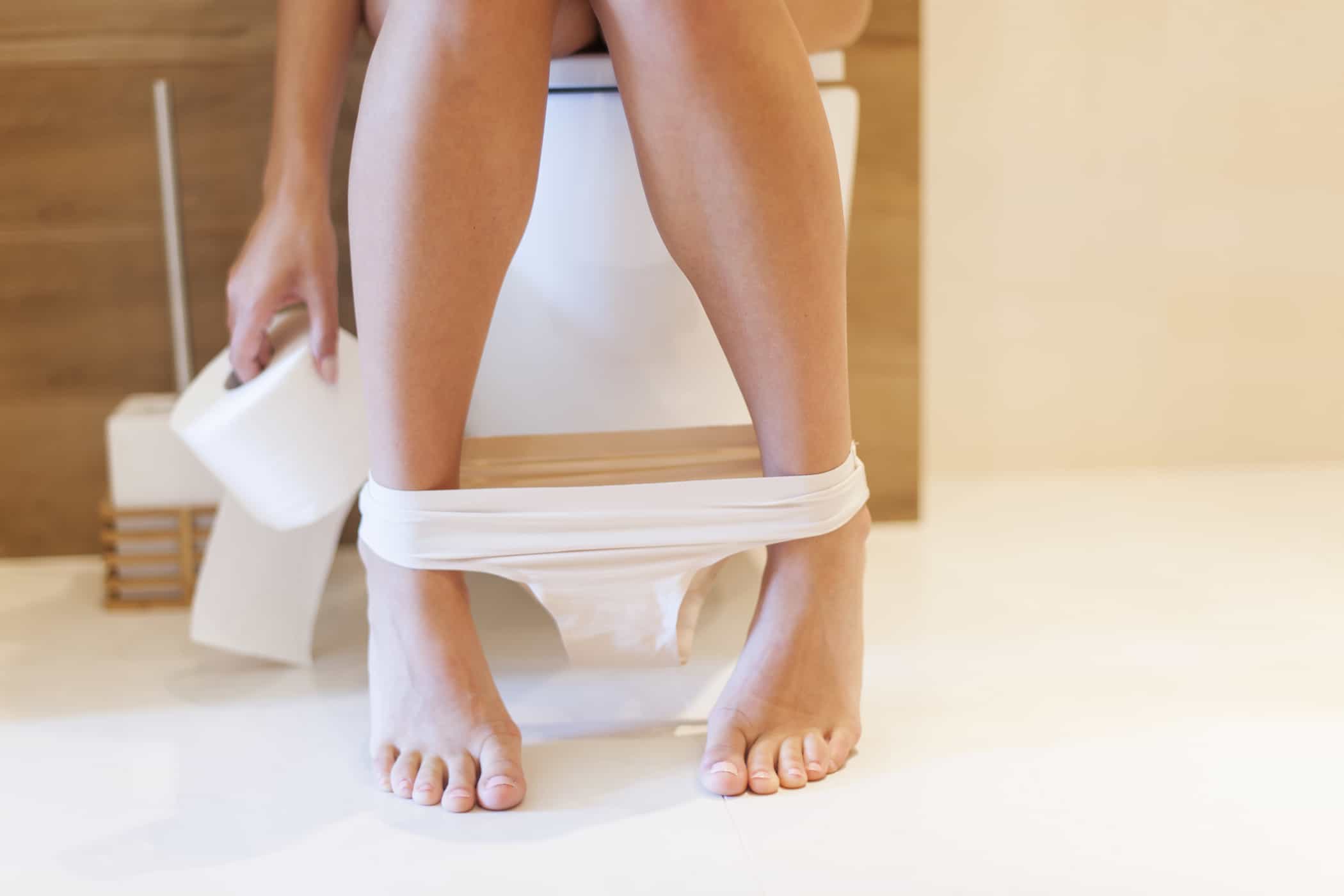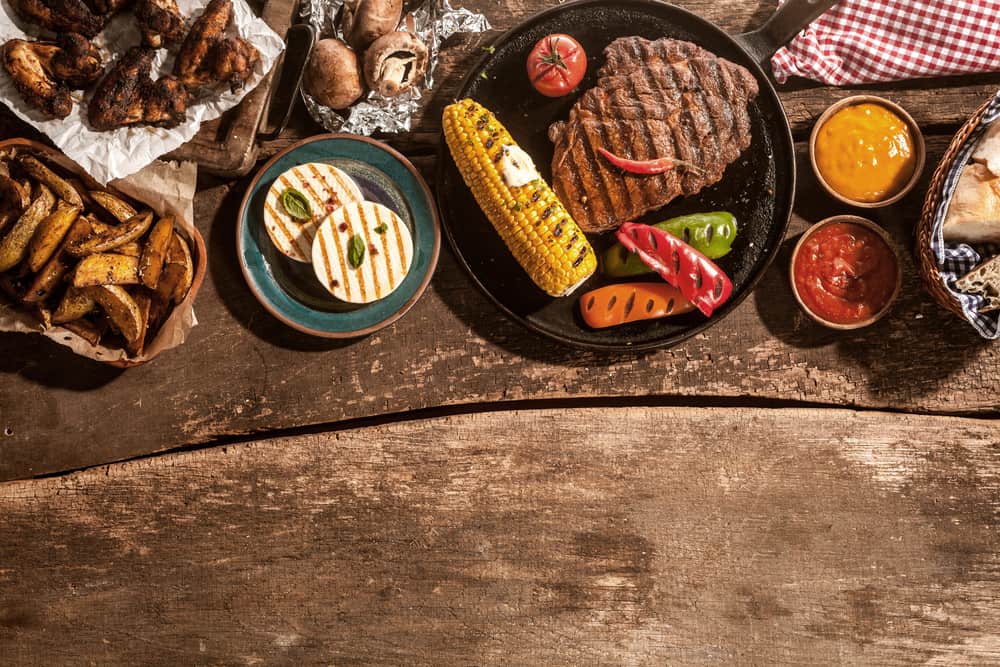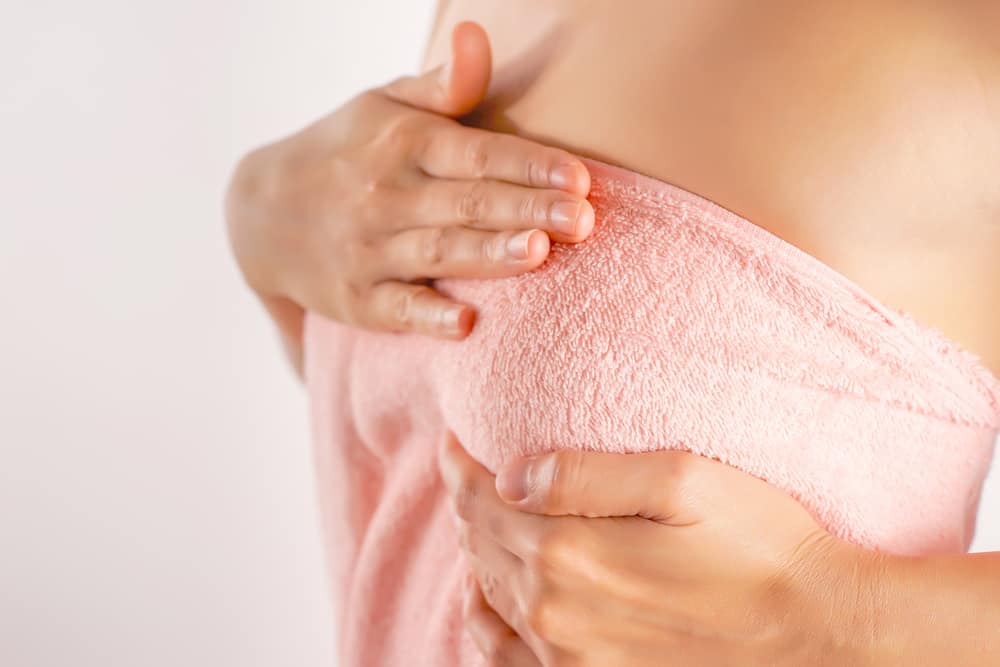Contents:
- Medical Video: How to Safely Store Baby Food
- The benefits of making baby food alone
- Weaknesses of homemade baby food
- Material needed to make baby food
- 6 easy steps to make baby food
- One easy step to make baby food
Medical Video: How to Safely Store Baby Food
When babies begin to recognize solid foods, it's time for parents to think about food that must be given to children. There are various kinds of healthy choices, including organic baby food. However, parents who want to know exactly what goes into their babies' mouths usually choose to make their own baby food. And it turns out, making baby food isn't as complex as it seems!
The benefits of making baby food alone
Some parents have various reasons why they prefer to make baby food themselves, generally because:
- Parents know exactly what their baby is eating
- Homemade baby food is more economical than food sold in stores (although some parents think this is not necessarily true)
- Parents can choose their own fruits, vegetables and other foods to be more pure, and not rely on the taste provided by baby food producers. You will not find baby food made from melons or avocados sold in supermarkets
- Babies will get used to eating food eaten by other family members, but in the form of puree.
Mira Akbar, the mother of a 20-month-old baby in Jakarta, believes that making baby food alone is actually easy. By making their own food, people can monitor their children's nutrition.
"I began to decide to make baby food myself when I learned that baby food made in the factory was cooked at very high temperatures to kill bacteria so that food could be stored longer. "In fact, it can eliminate a lot of taste, vitamins, and food nutrition," Mira said. "I prefer to bake, steam, or boil vegetables or fruit on weekends and smooth them in a mini blender. Usually in one cook, I can make 3-4 bottles of baby food from different fruits and vegetables. Thus, I have a stock of baby food supplies for 1 month by cooking every weekend, "Mira said.
"By making it yourself, parents will care more about the food that will enter the stomach of the child," said Erika Raditya, mother of 2 children in Bandung. "And it looks like, this can also motivate parents to make healthier foods, even when children have grown up."
Weaknesses of homemade baby food
Here are some factors that make parents give up on making their own baby food:
- Time. Parents need time to make and prepare many small portions of baby food. Of course using packaged foods can save a lot of time.
- Convenience. The dose of packaged baby food must have been measured precisely, so it is ready to be served directly.
- Storage. Homemade baby food can be damaged faster. In addition, baby food must be cooled so that it can fill the refrigerator, especially when you have made many portions before. Packed baby food does not need to be stored in the refrigerator, except after opening.
Even though Erika made her own food for her child, she confessed, "Cooking baby food really makes caek. I spent weekend only to cook baby food, put it in an ice cube tray, freeze it, before finally being stored in the refrigerator. Actually I don't mind using baby food from supermarkets when homemade food stocks are up. "
Choosing not to make your own baby food does not mean you are ignoring the baby. "Packaged foods intended for babies are safe for consumption," said Jennifer Shu, MD, a pediatrician in Atlanta and co-author Heading Home with YourNewborn: From Birth to Reality and Food Fights: Winning the Nutritional Challenges ofParenthood Armed with Insight, Humor, and a Bottle of Ketchup.
"If mothers are really worried about what babies eat, but don't have enough time to make their own baby food, just focus on the mother's attention to the food they will consume at the dinner table later," Shu said. "Children won't eat puree forever, right?"
Material needed to make baby food
Shu argues that making baby food is not as complicated as it seems, "What needs to be prepared is a food grinder and a pan for steaming." Steaming is the best way to cook ingredients so as not to lose nutrients.
There are various types of baby food makers on the market, ranging from versatile French products (steaming, mixing, heating, melting food) to simple food-making tools (grinding and destroying food). Even without buying these tools, you can still make baby food using a potato pounder or blender at home. Most importantly, children's food remains soft and not lumpy.
There are also many popular recipe books for making baby puree, for example Blender Baby Food, Top 100 Baby Purees, and Petit Appetit Cookbook. This book can be a menu reference as well as a reminder of the importance of nutrition in baby food. But like a baby food maker, this recipe book is optional.
6 easy steps to make baby food
- Wash and rinse hands, as well as cooking utensils.
- Clean and peel fruits and vegetables.
- Roast, steamed, grilled, or put ingredients in the microwave until soft (steaming and using a microwave can retain nutrients).
- Blend the ingredients inside food processor or a blender with a little extra liquid (water, breast milk, or formula), or crush the ingredients with a mash tool if the baby is ready for textured food.
- Place the food in an airtight container, then store it in the refrigerator or freezer. (Food packaging does not need to be stored in the refrigerator before opening, unlike the case with homemade food.)
- Warm up the food when the meal arrives, then let it cool before serving.
Many stores sell special containers to cool and freeze baby food with small portions. However, you can also use ice cube trays as an alternative.
In addition to fruits and vegetables, you can make puree from cooked meat (perfectly cooked, without fat and skin), beans, and cooked eggs.
One easy step to make baby food
Making baby food can be done with just one easy step. "Cut very ripe pears, or mash bananas, or mash avocados - finish," Shu said. "As long as you eat healthy food, you can also give a modified version of the baby you use for the family menu. For example, when you plan to make mashed potatoes for your family, set aside a few potatoes that have not been mixed with milk. Add a little light butter or spices, and serve for your baby.












